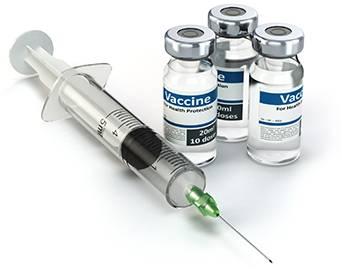
Forensic technology refers to the application of scientific and technical methods to the investigation of crime, with the goal of identifying and analyzing evidence to support legal proceedings. The global forensics technology market was valued at $15.2 billion in 2020, and is projected to reach $44.3 billion by 2030, growing at a CAGR of 11.2% from 2021 to 2030.
Forensic technology encompasses a wide range of tools and techniques, including:
- DNA analysis: DNA testing is one of the most powerful tools in forensic science. It involves analyzing DNA samples from crime scenes and comparing them to DNA samples from suspects or databases to identify possible matches.
- Fingerprint analysis: Fingerprinting is a common method of identifying suspects in criminal investigations. Forensic scientists use special techniques to collect and analyze fingerprints found at crime scenes, and then compare them to prints in databases.
- Ballistics analysis: Forensic ballistics involves analyzing firearms and ammunition to determine if they were used in a particular crime. This can involve analyzing bullets and shell casings, as well as examining firearms for signs of use.
- Forensic anthropology: Forensic anthropologists use their knowledge of human anatomy to analyze skeletal remains and determine the identity of unknown individuals.
- Digital forensics: Digital forensics involves analyzing digital devices and data to gather evidence in criminal investigations. This can include recovering deleted data, analyzing computer networks, and tracing online activity.
- Chemical analysis: Forensic chemists analyze substances found at crime scenes to determine their composition and identify possible sources.
Forensic technology plays a crucial role in modern criminal investigations, and advances in technology are continually expanding the range of tools available to forensic scientists. However, it’s important to note that the use of these techniques must be conducted in a scientifically valid and legally defensible manner to ensure their admissibility in court.
Yes, the forensic science industry is growing. Forensic science is the application of scientific methods to solve crimes and legal disputes. It encompasses a wide range of disciplines, including DNA analysis, ballistics, toxicology, and digital forensics.
As crime rates increase and technology advances, the demand for forensic science services has grown in recent years. Additionally, courts are relying more heavily on forensic evidence in criminal cases, further increasing the demand for forensic science professionals.
According to the Bureau of Labor Statistics (BLS), employment of forensic science technicians is projected to grow 14 percent from 2019 to 2029, which is much faster than the average for all occupations. This growth is attributed to the increasing use of forensic evidence in legal proceedings, as well as the development of new forensic techniques and technologies.
Download Free Sample PDF:
https://www.alliedmarketresearch.com/request-sample/2369
Forensic science is a constantly evolving field, and new technologies are being developed all the time to help investigators gather and analyze evidence. Here are a few examples of some of the newest types of forensic technology:
- Portable DNA sequencers: Portable DNA sequencers are small devices that can be used to rapidly analyze DNA samples in the field. These devices can be especially useful in situations where time is critical, such as disaster response or criminal investigations.
- Rapid fingerprint analysis: Researchers are developing new technologies that can quickly and accurately analyze fingerprints. One example is a device that uses mass spectrometry to identify the chemical composition of a fingerprint, which can help determine whether the print was left by a specific individual.
- 3D scanning and printing: 3D scanning and printing technology can be used to create detailed, three-dimensional models of crime scenes, evidence, and even victims. This technology can help investigators better understand the circumstances of a crime and communicate their findings to others.
- Forensic botany: Forensic botany is the use of plant materials as evidence in criminal investigations. New technologies are being developed to help forensic botanists analyze plant DNA and identify plant species, which can provide valuable information about crime scenes and suspects.
- Artificial intelligence: Artificial intelligence (AI) is being used more frequently in forensic investigations to help analyze large amounts of data and identify patterns or connections that might not be immediately apparent to human investigators. AI can be used in various fields of forensic science, including DNA analysis, fingerprint analysis, and image analysis.
It’s important to note that while these technologies show great promise for the future of forensic science, they are still in the early stages of development and are not yet widely available for use in investigations.
Contact:
David Correa
USA/Canada (Toll Free): +1-800-792-5285, +1-503-894-6022


